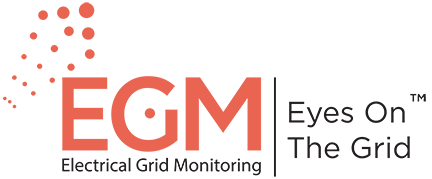It is a common understanding among utilities and grid operators that one of the most significant challenges they face is extreme weather events. Predictions for the coming decade talk about increase in the number as well as the volume of extreme weather events such as rise in temperatures, less water availability, rise in sea level, greater frequency of storms etc. Such events affect every component of the grid, from production to use, and most of all on the transmission and distribution of electricity. Some of those predictions estimate reduction in reliability of power supply by 16% as a result of extreme weather.
Successfully facing the challenge posed by extreme weather events in the future requires embracing and embedding a grid resiliency strategy in the present. Passive adjustment is insufficient and will result in costly repairs. Instead, utilities should adopt a proactive approach and strengthen grid resiliency in advance by allocating resources to prevention rather than to after the fact corrections.
Grid resiliency strategies vary and encompass three main areas: first, hardening the network, in the form of tower replacement or shifting towards underground grid etc. Second, developing greater system flexibility through investing in redundancy, network reconfiguration, distributed energy resources, microgrids, customer participation and so forth. Third, strengthening restoration effectiveness, which focuses on reducing outage time to a minimum.
Focusing on the second field of the abovementioned, EGM’s Meta-AlertTM System can be incorporated in each of the system’s flexibility efforts. The Meta-AlertTM System provides real tine alerts that help the utility consider and if necessary alter and activate proper redundancy means. The real time alerts also enable immediate reconfiguration, and function as a crucial building block for distributed energy resources and a monitor of microgrids.
EGM’s Meta-AlertTM system strengthens the grid’s ability to identify an abnormality in the grid’s operation and resume normal function following an interruptive event. By using EGM’s Meta-AlertTM system the utility will save precious time, money and manpower by having real time situation awareness and accurate data and the nature of the malfunction and its exact location. It focuses on constant monitoring in order to make the after-the-fact response time as short and as efficient as possible.
